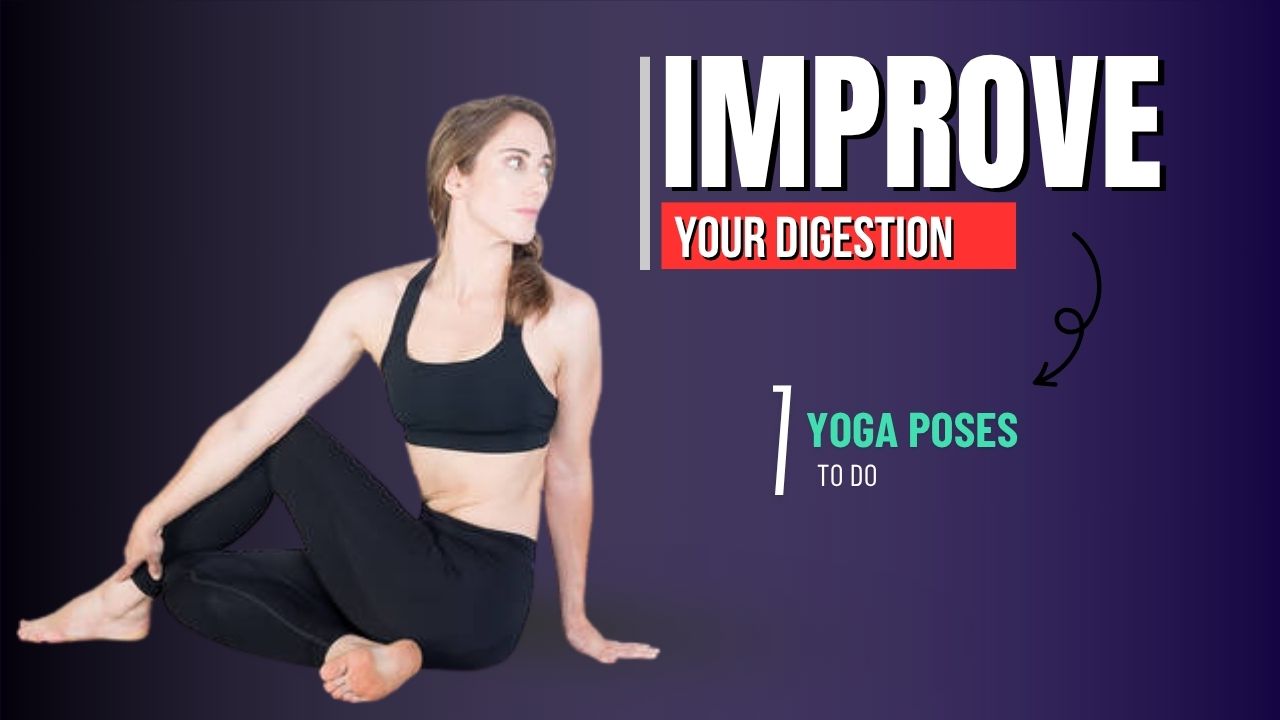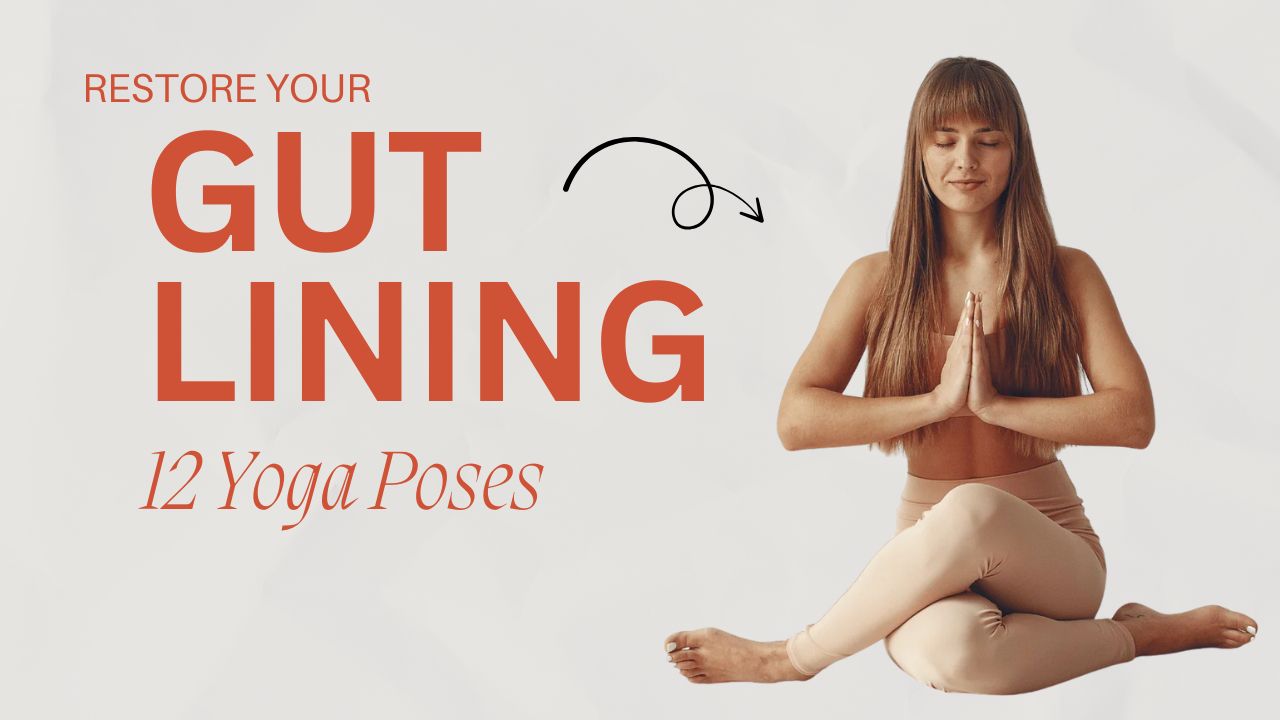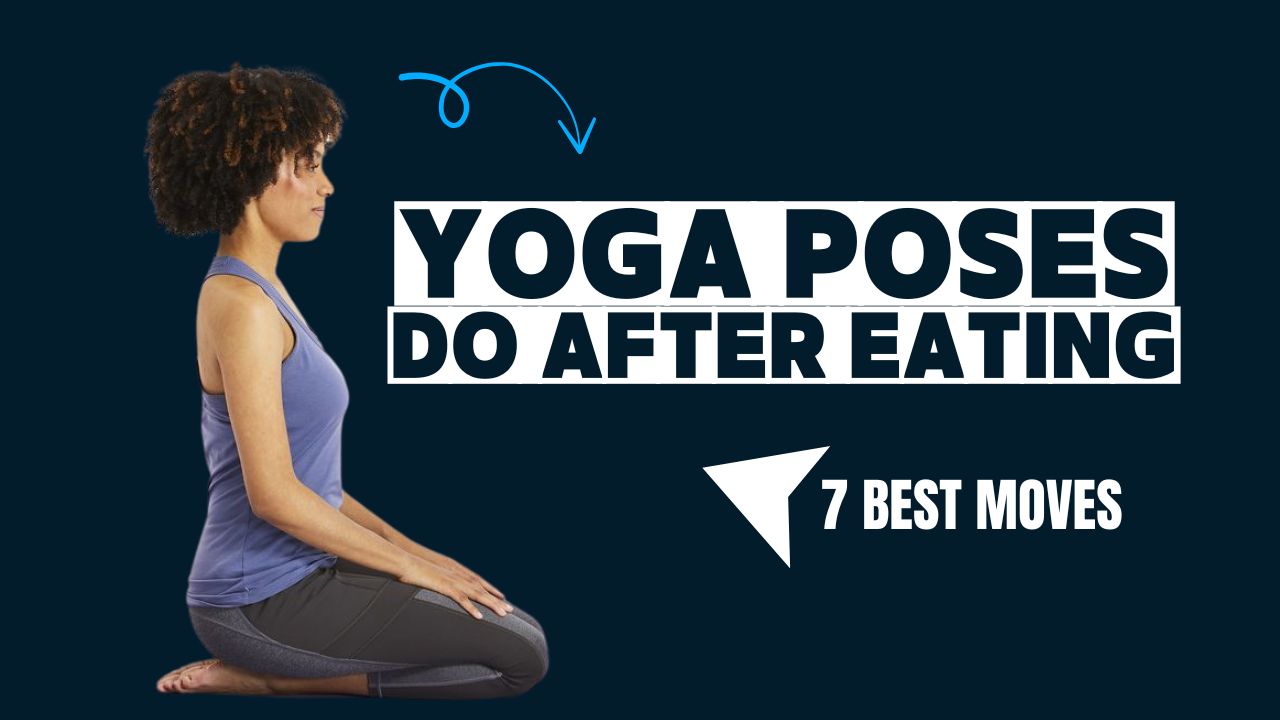Do you know that nearly 1 in 5 people experience constipation regularly, yet overlook one of the most natural remedies—movement?
While diet and hydration play vital roles, what many don’t realize is that a sluggish digestive system often responds remarkably well to intentional, gentle stretching and breath-centered movement.
Yoga, a centuries-old practice, not only calms your mind but also awakens your internal organs, especially your digestive tract.
If you’re tired of relying on over-the-counter laxatives, incorporating specific yoga poses into your daily routine can stimulate peristalsis (the wave-like motion in your intestines), reduce bloating, and encourage more regular bowel movements.
Let’s dive into 10 effective yoga poses that directly target constipation and help wake up your gut naturally.

Table of Contents
What Can Happen After 30 Days of Practicing These Yoga Poses
| Positive Changes You May Experience | Why It Happens |
|---|---|
| More regular and easier bowel movements | Yoga stimulates peristalsis and improves gut motility |
| Reduced bloating and abdominal discomfort | Gentle abdominal compression helps release trapped gas and aids digestion |
| Improved core strength and posture | Many poses engage core muscles and enhance spinal alignment |
| Decreased reliance on laxatives or over-the-counter digestive aids | Natural regulation of the digestive system begins to take over |
| Better stress management and reduced anxiety | Yoga activates the parasympathetic nervous system, calming body and mind |
| Enhanced body awareness and mindful eating habits | Regular practice promotes a deeper connection between body, breath, and behavior |
| Improved sleep and energy levels | Digestive comfort can reduce nighttime disruptions and daytime fatigue |
| Reduced symptoms of IBS or occasional constipation-related discomfort | Consistent movement and breathwork can soothe a sensitive digestive tract |
Do’s and Don’ts for Practicing Yoga to Relieve Constipation
| Do | Don’t |
|---|---|
| Practice on an empty stomach or at least 1–2 hours after eating | Don’t force your body into deep twists or folds |
| Breathe deeply and steadily throughout each pose | Don’t hold your breath while in any posture |
| Start with beginner-friendly poses and build up gradually | Don’t overdo it or push through pain |
| Use props like cushions or yoga blocks for comfort and support | Don’t compare your flexibility to others—every body is different |
| Stay consistent—aim for daily or regular practice | Don’t expect instant results without regular commitment |
| Focus on gentle movements and mindful awareness | Don’t practice if you have abdominal pain or a medical condition without consulting your doctor |
| Hydrate well before and after your yoga session | Don’t consume heavy meals right before practice |
| Listen to your body and rest when needed | Don’t skip warm-up or cool-down stretches |
10 Yoga Poses To Wake Up Your Gut
1. Wind-Relieving Pose (Pawanmuktasana)
How it helps:
This pose is practically designed for digestive relief. It massages the ascending and descending colon depending on the leg used, encouraging trapped gas and waste to move through your system.
How to do it:
- Lie on your back and draw your right knee to your chest.
- Keep your left leg extended and pressed to the mat.
- Hug the knee tightly and hold for 30–60 seconds.
- Repeat on the other side, then try both knees together.
Tip: Breathe deeply into your belly to intensify the internal massage effect.
2. Seated Forward Fold (Paschimottanasana)
How it helps:
This forward fold compresses your abdominal organs, which can help stimulate digestion and relieve sluggish bowels.
How to do it:
- Sit with your legs extended straight ahead.
- Inhale, raise your arms, and lengthen your spine.
- Exhale as you fold forward, reaching for your feet or shins.
- Hold for 1–2 minutes, breathing slowly.
Myth buster: You don’t have to touch your toes. Even a slight fold helps as long as you’re compressing the abdomen.
3. Supine Twist (Supta Matsyendrasana)
How it helps:
This gentle twist squeezes the abdominal area, which can move stuck waste along your digestive tract. It also relaxes the nervous system, helping relieve stress-induced constipation.
How to do it:
- Lie on your back with arms in a T shape.
- Bend your right knee and drop it over to the left.
- Keep your shoulders grounded as you gaze to the right.
- Hold for up to 1 minute, then switch sides.
4. Cat-Cow Pose (Marjaryasana-Bitilasana)
How it helps:
This dynamic movement increases spinal flexibility while gently massaging your digestive organs, which can wake up a sluggish gut.
How to do it:
- Start in tabletop position.
- Inhale: arch your back, lift your head and tailbone (Cow).
- Exhale: round your back, tucking chin and pelvis (Cat).
- Repeat slowly for 10–15 rounds.
Interesting fact: This pose is especially helpful in the early morning to kickstart digestion before breakfast.
5. Child’s Pose (Balasana)
How it helps:
A resting pose that releases abdominal tension, calms the nervous system, and gently compresses the lower belly.
How to do it:
- Kneel down, bring your big toes to touch, and sit back on your heels.
- Fold forward with your arms extended or alongside your body.
- Rest your forehead on the mat and breathe deeply for 1–3 minutes.
6. Garland Pose (Malasana)
How it helps:
This deep squat mimics the natural elimination posture and helps lengthen and relax the digestive tract.
How to do it:
- Stand with feet slightly wider than hips, toes pointing out.
- Bend your knees and lower into a squat.
- Keep your back straight and bring your palms together at your chest.
- Use your elbows to press your knees outward.
- Hold for 30 seconds to 1 minute.
Modern myth: Sitting toilets are efficient, but the squatting position is actually more natural for complete elimination.
7. Cobra Pose (Bhujangasana)
How it helps:
This gentle backbend stimulates abdominal organs and increases circulation, encouraging smoother digestion.
How to do it:
- Lie on your stomach, legs extended, hands under shoulders.
- Inhale and slowly lift your chest off the ground, elbows slightly bent.
- Hold for 15–30 seconds and release.
8. Bridge Pose (Setu Bandhasana)
How it helps:
A mild inversion that enhances blood flow to your gut and thyroid, aiding in metabolism and elimination.
How to do it:
- Lie on your back, knees bent, feet hip-width apart.
- Press into your feet to lift your hips.
- Clasp your hands underneath and open your chest.
- Hold for 30–60 seconds.
9. Downward-Facing Dog (Adho Mukha Svanasana)
How it helps:
Although not a direct ab-compressing pose, this inversion increases circulation, energizes the whole body, and resets your internal rhythms.
How to do it:
- From tabletop, lift your hips up and back.
- Press your heels toward the mat, keeping your spine long.
- Hold for 1–2 minutes.
10. Reclining Bound Angle Pose (Supta Baddha Konasana)
How it helps:
This restorative pose relaxes the abdominal muscles and nervous system, ideal for stress-related digestive issues.
How to do it:
- Lie on your back, bring soles of feet together, and let knees fall open.
- Support your knees with blocks or cushions if needed.
- Rest here for 3–5 minutes.
Tip: Focus on diaphragmatic breathing while in this pose for best results.
Closing Thoughts
Constipation may seem like a purely physical issue, but it’s often the result of multiple factors including stress, poor circulation, sedentary lifestyle, and tight abdominal muscles.
These yoga poses combine breath with movement to restore balance in your digestive system—naturally and gently.
You don’t need an hour-long session. Even 10–15 minutes a day can make a meaningful difference.
Try adding 3–4 of these poses into your morning or evening routine, and you may be surprised how quickly your gut starts responding.
Frequently Asked Questions (FAQs)
Can yoga really help relieve constipation?
Yes, yoga can be very effective in relieving constipation. Certain poses stimulate the digestive organs, improve blood flow, and encourage peristalsis—the muscle movement responsible for moving waste through the intestines.
How often should I do these yoga poses for best results?
Ideally, practicing 10–15 minutes of targeted yoga daily can improve digestion and support regular bowel movements. Consistency is key for lasting results.
When is the best time to do yoga for constipation relief?
Morning is often the best time as the body is naturally trying to eliminate waste. However, gentle yoga can be beneficial at any time of day, especially after a meal (wait 1–2 hours post-eating).
Can beginners do these yoga poses safely?
Absolutely. Most of the poses listed are beginner-friendly and can be modified using props like cushions, blocks, or rolled towels for comfort and support.
Are there any poses I should avoid if I have digestive issues or pain?
If you have acute abdominal pain, hernias, or inflammatory bowel conditions, avoid deep twists or intense compressions until you consult a medical professional or yoga therapist.
How long does it take to see results from yoga for constipation?
Some people experience relief immediately after a session, especially with poses like Wind-Relieving Pose or Cat-Cow. For others, it may take a few days of regular practice.
Can yoga replace medication or laxatives?
Yoga can significantly reduce the need for medications in many cases, but it should not be used as a substitute for prescribed treatments without professional guidance. It’s best used as a complementary approach.
Is diet still important if I’m doing yoga for digestion?
Yes, while yoga supports digestion, a balanced diet rich in fiber, water, and whole foods is essential for maintaining healthy bowel function.
Can kids or older adults do yoga for constipation?
Yes, with gentle guidance and appropriate modifications, these poses can be adapted for children and seniors to safely support gut health.
What else can I combine with yoga to relieve constipation naturally?
Along with yoga, staying hydrated, walking regularly, eating fiber-rich foods, managing stress, and maintaining a regular sleep schedule all contribute to better digestion and elimination.










